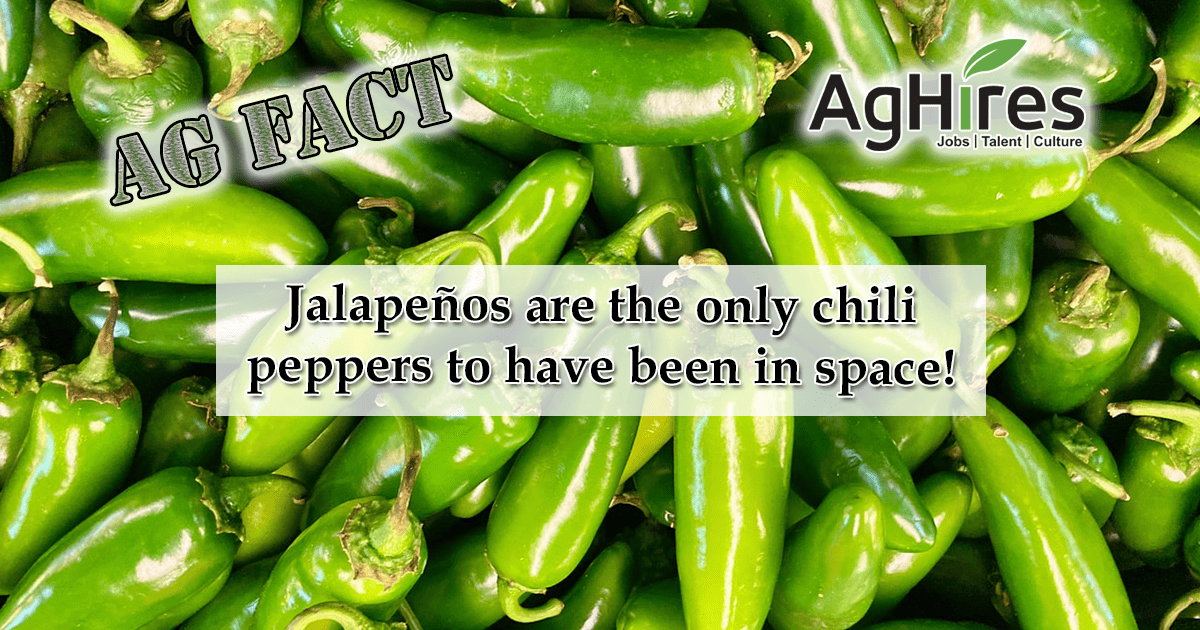
The Jalapeño is one the most commonly known chili pepper around the globe, its crunchy and spicy nature is perfect for guacamole, salsa, and of course Jalapeño Poppers! This chili isn’t only loved by modern-day foodies but was also used by the ancient Aztec civilization, which means it has plenty of history to discover. If you’re interested in learning more about this popular pepper, then keep reading… but only if you can take the heat!
- The pepper was originally cultivated in Mexico and its usage dates back thousands of years.
- The smoky flavor in many popular Mexican dishes comes from Chipotle peppers which are smoked and dried Jalapeños.
- Thanks to plant breeders there are many varieties of this chili such as the Orange Spice, Lemon Spice, and Nadapeño pepper.
- In the US, commercial peppers are mainly grown in New Mexico, Texas, and California.
- They can be planted in the spring (March-April) or fall (July-August).
- Capsaicin is the compound that makes the peppers spicy. The compound is produced by the glands in their placentas.
- Jalapeños have been in space! They were taken on board the Columbia space shuttle in the 1980s and are the only chili pepper to have left Earth.
- The small lines (scars) that develop on ripe peppers are known as corking and correspond to their heat levels.
- When they are fully ripe, the chilis turns a bright red.
- Due to their low-maintenance nature, they are a common plant to grow in a backyard garden.
- They grow best in slightly acidic soil with a pH between 6.0–6.8.
- In order to preserve them, the Aztecs would smoke and dry the peppers before consuming them.
- The name Jalapeños is derived from “Xalapa” (Jalapa) which is the name of the city where they were traditionally cultivated.
- A Jalapeño plant can produce 25-35 peppers.
- They grow to about 2 to 3 inches in length and are picked before ripe.
- They are known to be a good source of Iron, Magnesium, Dietary Fiber, Vitamin A, Potassium, and more.
Looking for agriculture, horticulture food production, or related industry jobs? Start your search here
Want more Agriculture Facts? Click here
Follow us on Facebook and Twitter to get your weekly dose of Ag Facts.
Sign Up for Our Email Newsletter and get ag facts bi-monthly, plus new jobs in agriculture.
Sources






